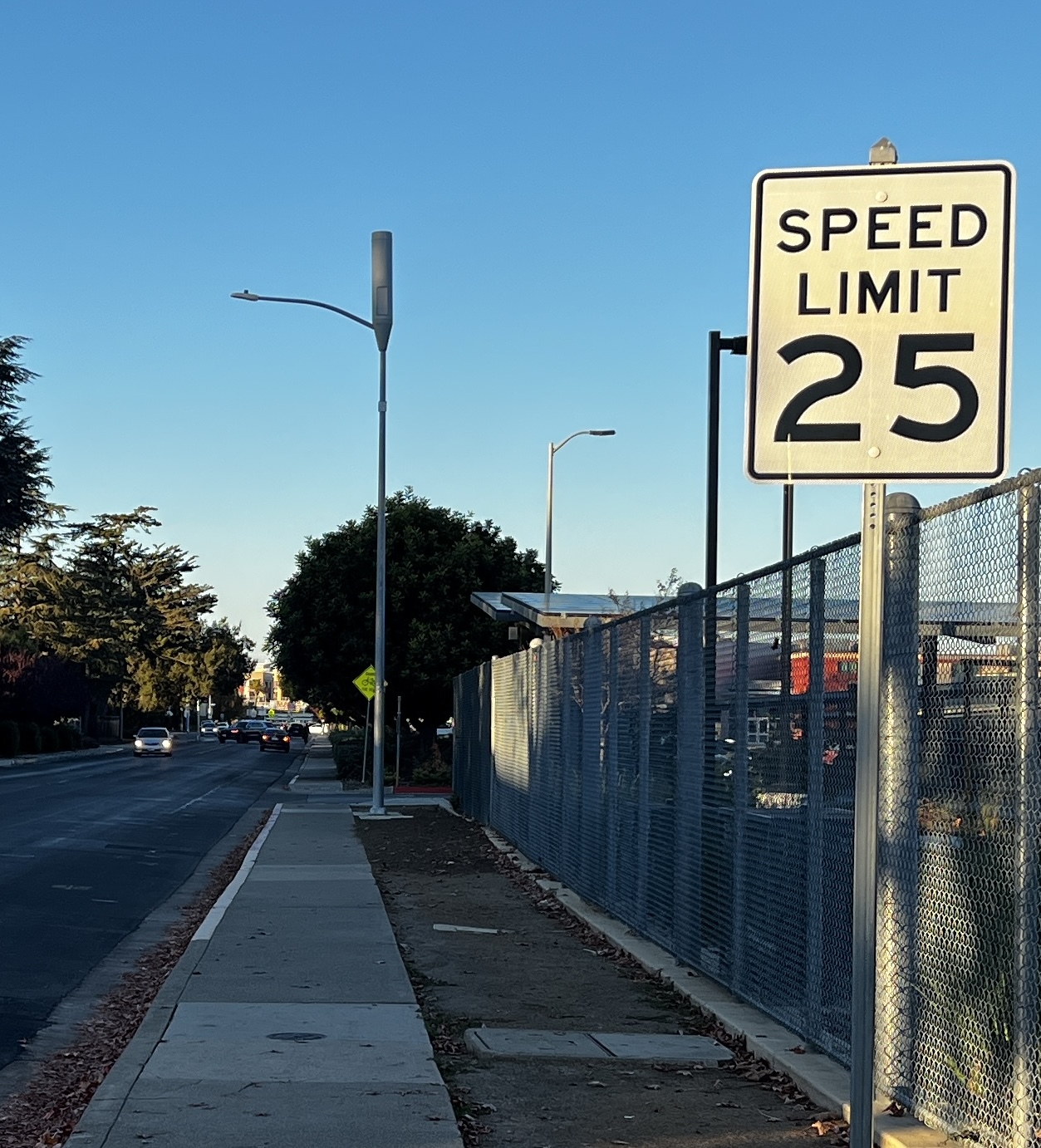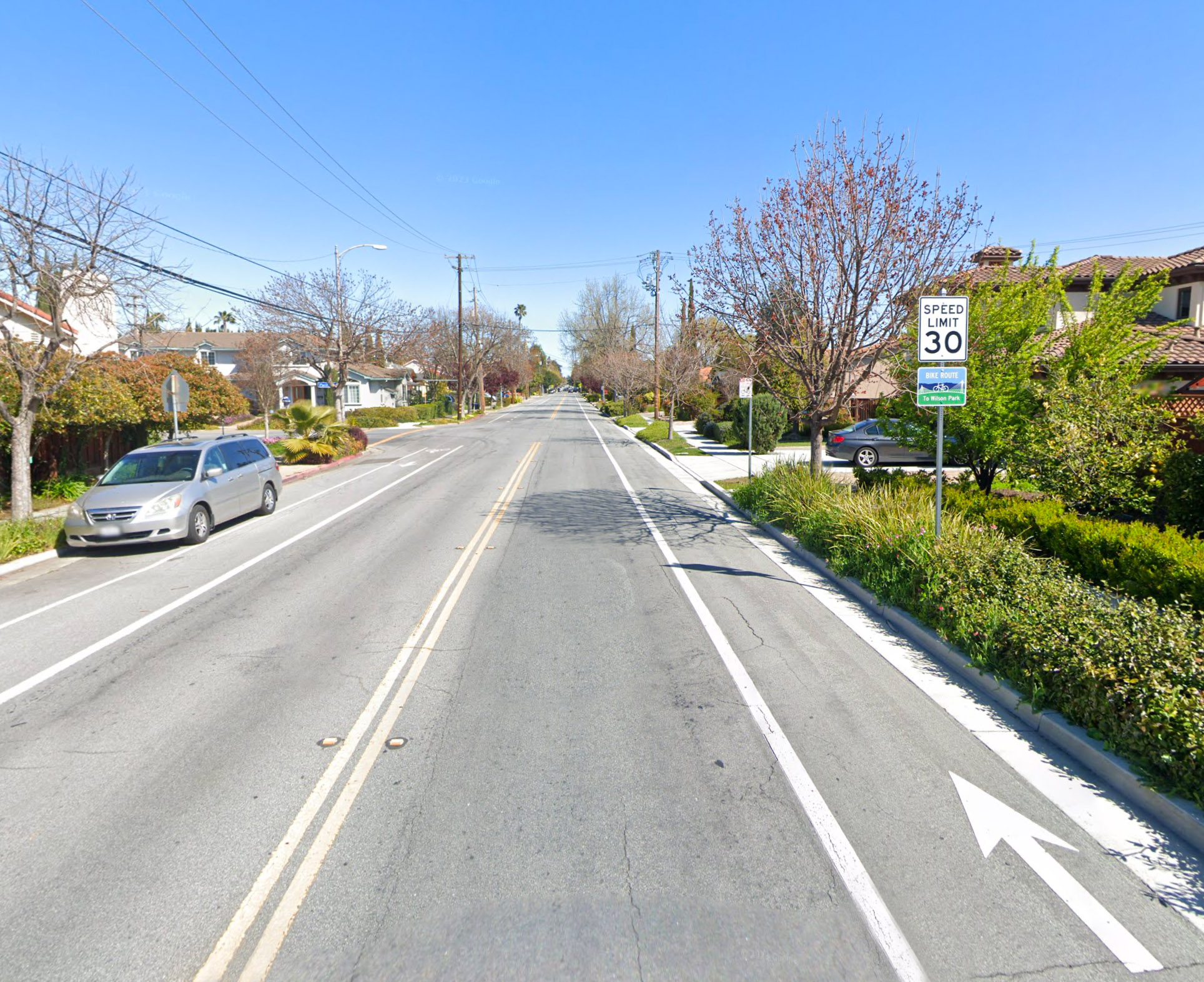COVID-19 led to a significant slowdown in cars traveling on California roads, amounting to a third of all vehicles opting to stay parked. In compliance with stay-at-home mandates, many drivers chose not to take to the roads, leading to the number of car accidents decreasing throughout the state by nearly 75%. Many other important decreases followed: miles driven on highways, DUI incidents, driver fatalities, and many more. However, one statistic has yet to decrease.
Even with the significant decrease in car traffic volume, pedestrian and cyclist fatalities have not decreased; in fact, they have risen sharply. Pedestrian fatalities rose steadily from 2018 to 2020, from 2.48 to 2.56 deaths per 100k residents at the height of the pandemic. In 2021, they rose again sharply to 2.91 pedestrian deaths per 100k residents. The National Highway Transportation Authority (NHTSA) states, “The number of bicyclists killed in traffic crashes has been steadily trending upwards since 2010.”

Streets near our local schools would be safer for everyone if speed limits were lowered.
Setting Speed Limits…and how AB43 changes it
Currently, cities are required to set speed limits by measuring the current traffic speed. They then take the speed at which 85% of the traffic is going, and round it up to the next 5 mph. This sets speed limits at the top end of vehicle speed. It does not consider pedestrian and cycling traffic or whether there are other conditions that would make that speed limit unsafe.
AB43 requires cities to:
- Round down to the nearest 5 mph from the measured 85th percentile vehicle speed, rather than rounding up.
- Consider reducing the speed limit by another 5 mph based on the road’s proximity to vulnerable populations (such as schools or elder care facilities) or bike-ped infrastructure (such as trails or protected bike lanes).
Do you know a street that has a too-high speed limit?
WBC is currently compiling a list of roads within Cupertino that we think have speed limits that are too high. YOUR voice is needed to identify streets and show that other residents care about this issue. Please complete our 1 minute survey to share your concerns.
The bill also allows cities to reduce speed limits on multiple streets at the same time by ordinance, giving them another tool to protect residents, as well as declaring “safety corridors” for road sections with the highest pedestrian fatalities.
On state highways, both CalTrans and local agencies will be able to reduce speed limits from 65 miles an hour to any 5-mile increment between 15 and 65 mph, expanded from 25 and 65 mph, after establishing the 85th percentile of driver speed through an Engineering and Traffic Survey

All-residential roads near schools should not be 30mph.
AB 43 is a big step forward toward making roads safer throughout the state of California. It gives cities and regional agencies a powerful new tool as they implement Vision Zero initiatives to reduce bike and pedestrian fatalities to zero.

I believe allowing local government body’s to set speed limits based on what they know about local traffic is important. they need the tools to set safe speeds in Agricultural zones. live stock trailers need room to merge on to the roads with oncoming traffic at safe speeds
Hi Chuck I think governments ability to decide what they think is safe for me is an overreach of their power. All this will do is feed the police sector a healthy stream of tickets and allow them to easily pull over a population that has been healthily driving on those roads for years -_____-
Thanks, Rusty, for your input. Many road users–both vehicles and cyclists–are healthy adults who are experienced in their method of travel and may chafe at restrictions to their use of the roads.
However, it’s also important to consider all the other road users who don’t have these qualities. These can include young cyclists, new drivers, and older people with limited mobility. Much of our road infrastructure already considers these users, such as making sure the “walking person safe to cross light” is on long enough to get across the street for everyone, having curbs between the road and sidewalks, and clearly marked signage for parking. Speed limits are also part of that road infrastructure and should also consider everyone. Speed limits on roads, especially those used for children walking or biking to school, should be at the appropriate level for every road user.
Motor scooters, bicycles, skate boards, electric motorized ……can now go faster than a car. How does this make any common sense … we are talking about marginally manipulated numbers. How do they currently limit other vehicles?
You raise a great point. Whether it’s a car, an e-bike, or an e-scooter, it’s important to regulate the speed of all vehicles to ensure everyone can use the streets safely. However, if an e-bike or e-scooter can move faster than adjacent cars using the bike lane during rush hour, that’s not an issue unless the e-bike is going faster than the posted speed limit.